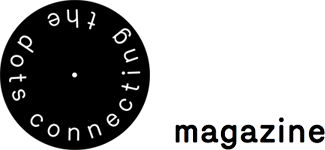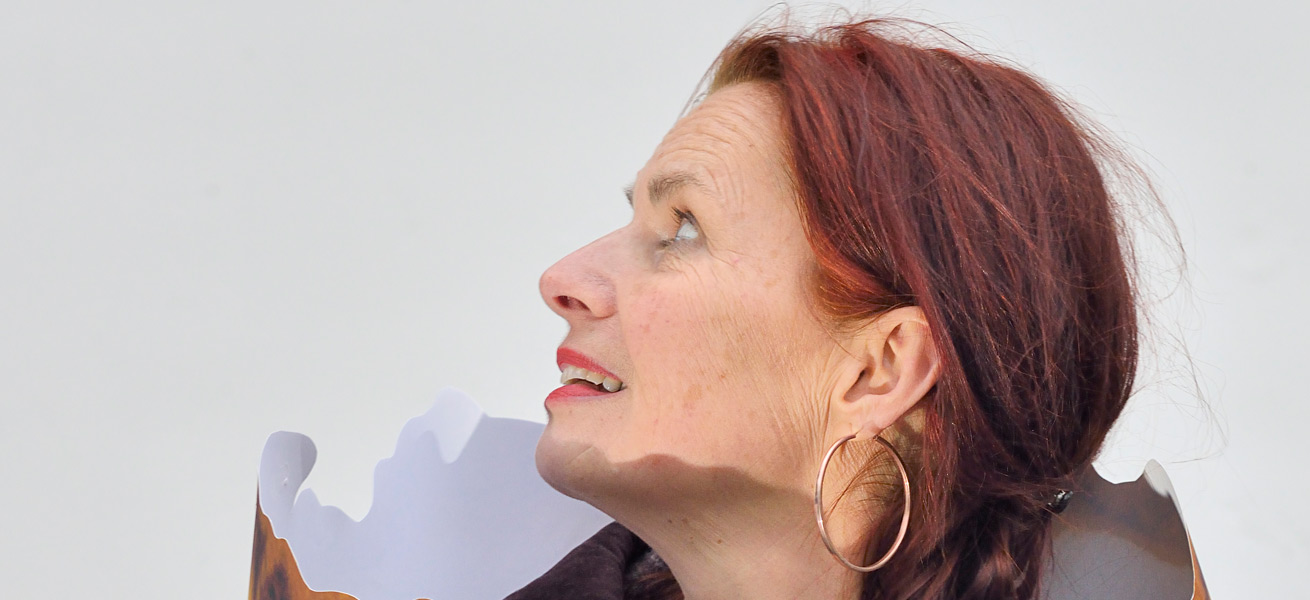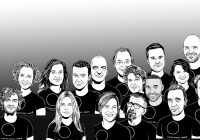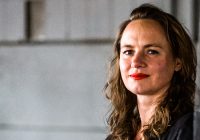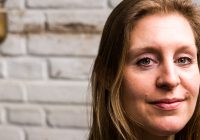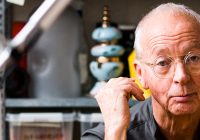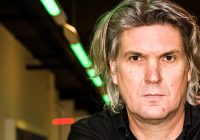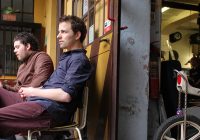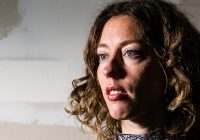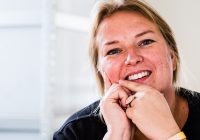Artist Lizan Freijsen lives and works in Rotterdam. Her extensive research into stains has been translated into ceramics, textiles, an exhibition, a book and, most recently, a series of hand-woven carpets.
How would you describe yourself in one word?
Engaged
What is your strongest quality?
I’m anobserver, interested in the way life – on a human scale and in society – shows how we deal with the world and what my proper place is.
And your weak point?
I can be somewhat demanding…
Do you have a hobby and does this influence your work somehow?
I love working in the garden where I can see growth and evolution happening in front of my eyes; there is still so much to discover at the small scale. It was also on the ceiling of my garden shed that the moisture stains appeared and I started to observe the changes in them.
What fascinated you about the stains?
Stains are images created by nature; I regard them as objets trouvés. There are stories in the stains found in architecture. They tell about you the neighbours, about the material the ceiling is made of, and about time because they become darker and more intriguing when the leakage repeats itself. I stopped painting and translated these traces into wallpaper installations.
(How) Does your personality translate into your work?
Turning something people call ‘ugly’, like stains, into something of value comes out of my own experiences. Seeing daily life through different eyes is a process of transformation we can all relate to in some way.
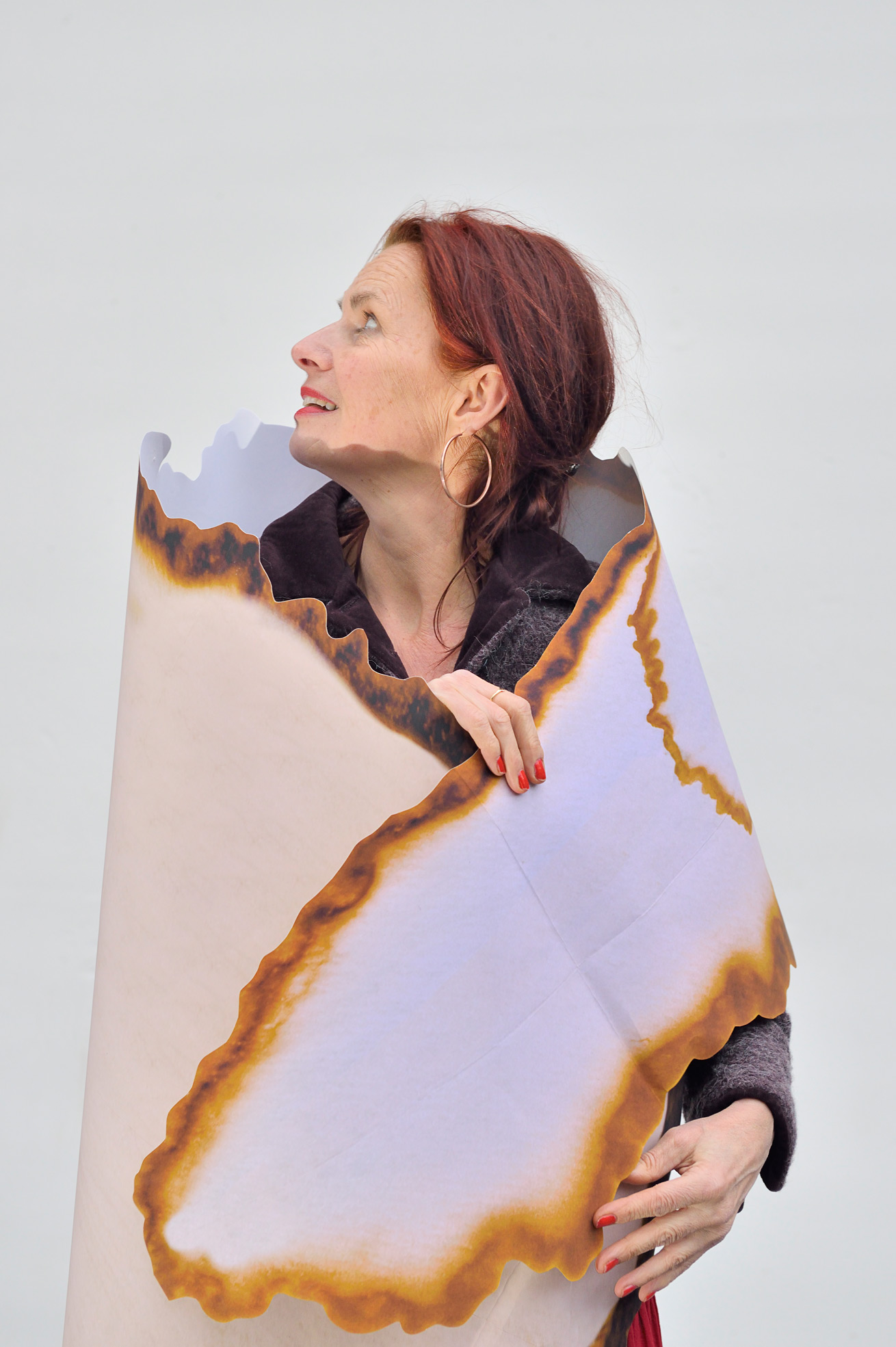
Lizan Freijsen
What makes you get up in the morning?
I have a full agenda and am eager to get it all done. There are still many dreams to realise.
What are some of these dreams?
Funding and publishing a book about the chemistry of daily life; finishing my research master’s degree; meeting people, cultures and ideas through my work; and seeing my daughter and myself evolve in balance.
If you weren’t an artist, what would like to be?
A botanist in the 17th century discovering and naming new species – imagine that you discover a world that you don’t yet know of. Today we live in a world that seems ‘known’ by science. And as that image becomes our view of the world, we recognise what is already there without ‘knowing’ ourselves. This understanding might change if we value ‘the subjective’ side of a place. –
Where can we find you if you’re not in the studio?
As a teacher, I’m often at the art academy in Rotterdam. I’m also regularly in France and love to be at the seaside since I sold my garden recently: time to start a new chapter…
